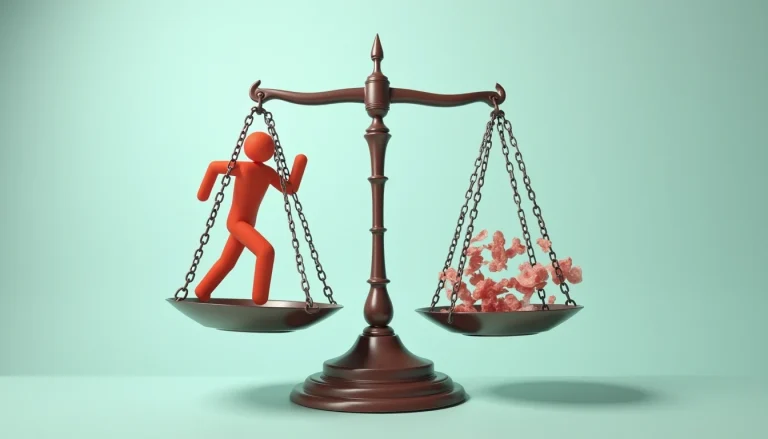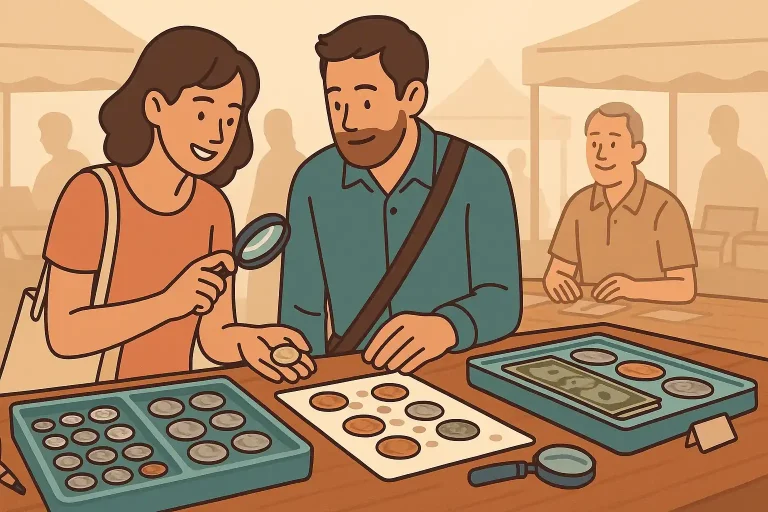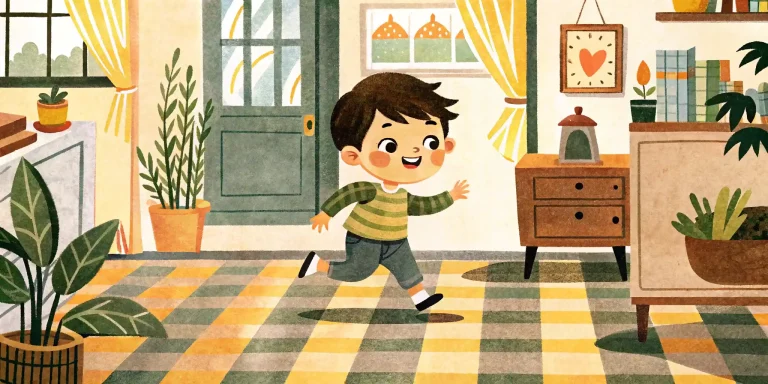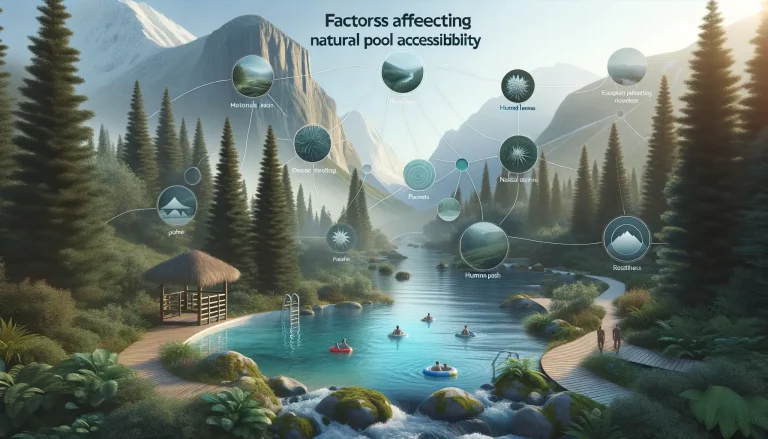Concentration is an important skill that allows us to focus on a single task without getting distracted, helping us to do our work more effectively.
And because of this, it often feels like life is passing by, and looking back, it seems like you just spent yourself scrolling through social media and didn’t do anything valuable or useful, that’s why it’s better to know how to improve concentration.

Creating the Perfect Environment
To improve your focus, you should remove distractions, which is the most important rule; you can do this by turning off the television, putting your phone away, and closing all browser tabs that you do not need for your work.
You should also make your workspace neat and tidy, because a clean desk helps to make your thoughts clearer, and you should arrange all the things you need so that they are easy to reach but do not clutter your space.
If silence feels too difficult for some people, you can listen to instrumental music without words or so-called “white noise,” which helps to block out other sounds.
Task Management
A good way to start is to divide big tasks into smaller ones; for example, instead of thinking about “writing a report,” you can break it down into “creating a plan,” “finding sources,” and “writing the introduction.”
When you finish each small part, it gives you a good feeling and motivates you to continue.
You can also use the “Pomodoro Technique,” which is a simple and effective method where you work for 25 minutes, then take a 5-minute break, and after four of these cycles, you take a longer break for 15-30 minutes, which helps you avoid feeling tired and keeps your concentration level high.
Another good idea is to do the most difficult task at the beginning of the day when your brain is not tired, and after you finish it, the other tasks will feel much easier.
Techniques for Training Your Brain
Doing meditation and mindfulness regularly helps to train your brain to bring your attention back to the present moment; even 5-10 minutes a day can significantly improve your ability to focus.
You should also try doing brain exercises, like solving puzzles, crosswords, or sudoku, or learning poems or new words in a foreign language, because all of these things activate different parts of your brain and improve its thinking abilities.
It is also very important for your brain to get enough rest, so you need to get enough sleep, with adults needing 7-9 hours of sleep and children needing even more.
Eating good food that is full of vitamins and minerals is also very important for a healthy brain.
How to Spot Signs of ADHD in a Child and How to Help Them
| Sign | Manifestation |
| Inattention | Often does not pay attention to details and makes careless mistakes |
| Has trouble keeping focus during games or when doing tasks | |
| Often it seems like they are not listening when someone is talking to them | |
| Does not follow instructions and cannot finish school assignments or chores | |
| Has problems with being organized | |
| Avoids or does not like activities that need a lot of mental effort | |
| Often loses things needed for tasks, like toys, pencils, or books | |
| Is easily distracted by outside things | |
| Is often forgetful in everyday activities | |
| Hyperactivity | Often moves their hands or legs and fidgets in their chair |
| Get up from their seat when they are supposed to be sitting | |
| Runs or climbs on things in situations where it is not appropriate | |
| Cannot play quietly | |
| Is always in motion, as if they are “driven by a motor” | |
| Talks too much | |
| Impulsivity | Shouts out answers without listening to the whole question |
| Has trouble waiting for their turn | |
| Often interrupts other people and butts into other people’s conversations or games |
Important Note: Just having these signs does not mean a person has a diagnosis, because only a qualified professional, like a pediatrician, neurologist, psychologist, or psychiatrist, can give a proper ADHD diagnosis after a complete examination.
How to Help a Child with ADHD
- Structure and Routine. Children with ADHD do best in a predictable and stable environment, so you should create a clear daily schedule and use visual schedules so that the child always knows what they need to do next. You should also help them organize their space by setting aside a special place for their toys and school supplies.
- Clear and Simple Instructions. You should give the child only one instruction at a time; instead of saying “Go clean your room, do your homework, and wash your hands,” you should say “Please put your toys in the basket.” You should wait for them to finish that task before you give them the next one.
- A System of Rewards. Positive reinforcement works much better than punishment, so you should notice and praise the child for their smallest successes, such as sitting quietly for 5 minutes or putting away one thing. You should also create a system of rewards for reaching goals, but you should not use food or gadgets as the main prize.
- Using Movement. Instead of making a child sit still, you should give them short breaks so that they can move their body, jump around, or stretch, which helps them release extra energy and return to their task with more focus.
Games That Help with Focus
- Board Games. Games that need strategic planning and long-term focus, such as chess, checkers, or Munchkin, are perfect for training focus, because the child needs to follow the other player’s actions, think about their moves, and predict possible outcomes. Try some of them in the Mind Elevate app, especially during road trips.
- Logic Games and Puzzles. Puzzles, the Rubik’s Cube, tangram, or matchstick puzzles make the brain work in a “problem-solving” mode; they need you to be fully involved in the process and to analyze and plan.
- Card Games. Memory games, Uno, or Svinets are great for training working memory and the ability to make quick decisions.
- Creative Games. Playing with modeling clay, painting by numbers, building with Lego, or making crafts not only improves fine motor skills but also the ability to focus on one project for a long time.
- Video Games. Even though there are stereotypes about them, some video games can be very helpful; strategy games, quests, and simulators (for example, Minecraft or The Sims) need concentration, planning, and doing many tasks at once.
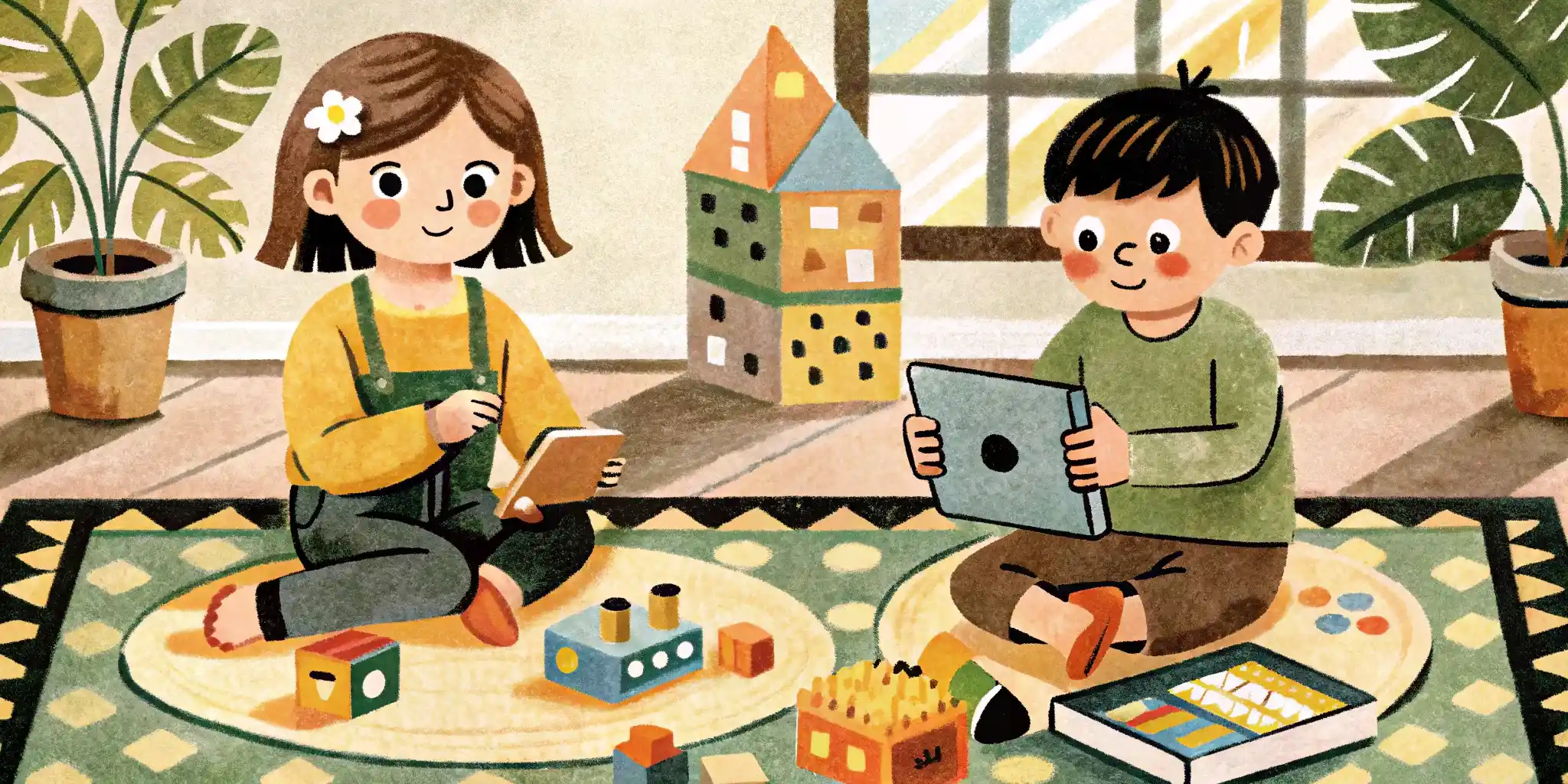
How Physical Education Is Related to Concentration
- Better Blood Circulation. When you exercise, more blood goes to your brain, which gives its cells more oxygen and nutrients, and this increases your ability to work and think clearly.
- Release of Neurotransmitters. Physical activity makes your body produce dopamine, norepinephrine, and serotonin, which are neurotransmitters that are in charge of attention, motivation, and a good mood. Children with ADHD often have a lack of these substances, and sports help to increase them naturally.
- Stress Reduction. Physical education helps to reduce the tension and anxiety that often come with problems with concentration, and this allows the brain to relax and be more open to new information.
- Structure and Discipline. Many sports, especially team sports or martial arts, need a person to follow rules and instructions, which teaches a child to control themselves and be disciplined.
Including physical exercises in a child’s daily schedule, whether it is playing games outside, going to practice, or just taking walks, is an important part of a full approach to developing concentration and managing ADHD.

